Time Zone
![]() GMT - 3
GMT - 3
Currency
![]() Real
Real
Weather
![]() Hot
Hot
Best time to go
![]() All year round
All year round
INT Airports
![]() GIG
GIG
Time Zone
![]() GMT - 3
GMT - 3
Currency
![]() Real
Real
Weather
![]() Hot
Hot
Best time to go
![]() All year round
All year round
INT Airports
![]() GIG
GIG
What we love about Rio de Janeiro
Todo Bon! we're heading down south to hands down, one of the most entertaining cities in the Americas. There are so many ways to introduce Rio de Janeiro, we could mention its sprawling pristine beaches and dazzling blue water. Coppacaba & Ipanema constantly rank among the most famous beaches in the world. Perhaps we could focus on the gigantic hills covered in tropical vegetation that dot its doorstep. Or maybe the best place to start is with the beats of Samba music that carries through bars, clubs and Carnival festivities. But one thing is for sure, it doesn’t really matter where you start as long as you make it there. The Cariocas (the inhabitants of Rio de Janeiro) are friendly and welcoming. Afro-Brazilian culture is so central to Brazil, You will have the time of your life!
Most popular experiences in Rio de Janeiro
Travel tips and Must Things to Do in Rio de Janeiro
The famous Carnival takes place every year in February, No need to say that makes it the most popular time to visit. If you have never experienced Carnival in Rio, well you MUST try! Just like in Trinidad, or other carnivals in the Caribbean, the streets fill with dancers, block parties, and nonstop revelry. But the vibe is quite different, Brazilian take it to another level! However, if you're looking for a more relax (and more affordable) season when you can truly enjoy all that the city has to offer, you might want to consider booking your flight in the spring (September-November) or the fall (March-May). Temperatures may be slightly cooler than the hot, tropical summer, and you’ll have time to engage with fellow Cariocas in a more authentic way, and a better chance to explore the many faces of Rio
Top Sights in Rio de Janeiro
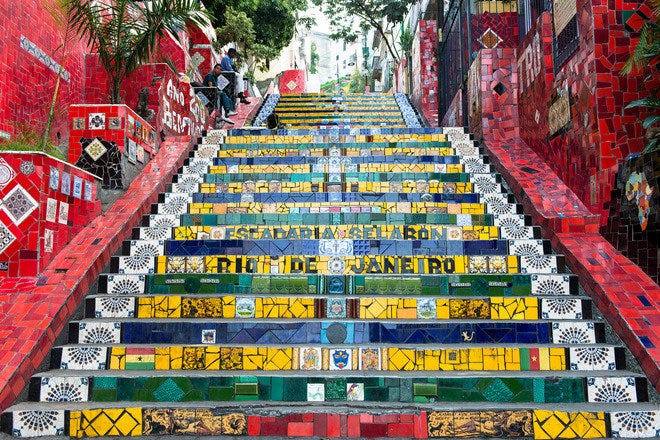
Escadaria Selarón
Named after the Chilean artist Jorge Selaron, who dedicated the last decades of his life to tirelessly working on this 'tribute to the Brazilian people', the Escadaria Selaron (often referred to as the 'Lapa Steps') is a long, steep stairwell linking the bohemian neighborhoods of Lapa and Santa Teresa.
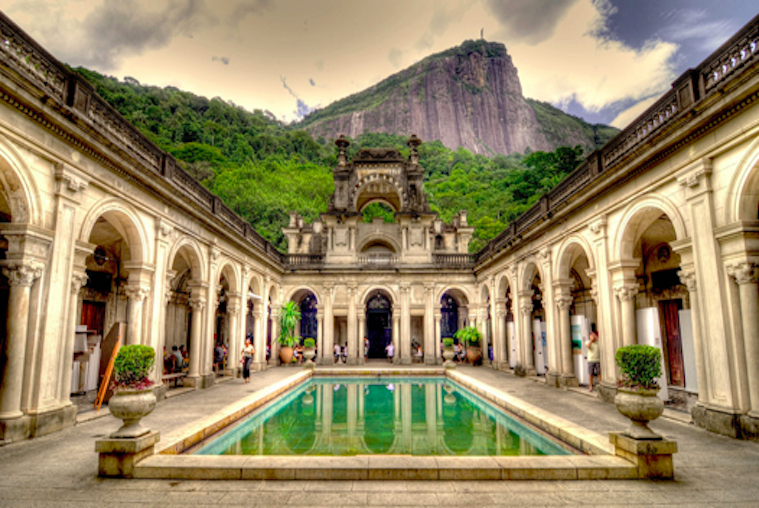
Rio Botanical Gardens & Parque Lage
The sprawling botanical garden is a must-visit in Rio, whether you are interested in the fascinating flora & fauna, or just looking for a cool retreat from the sticky heat. Colorful butterflies flutter through some 6,500 species of vegetation, while chattering marmoset monkeys play overhead
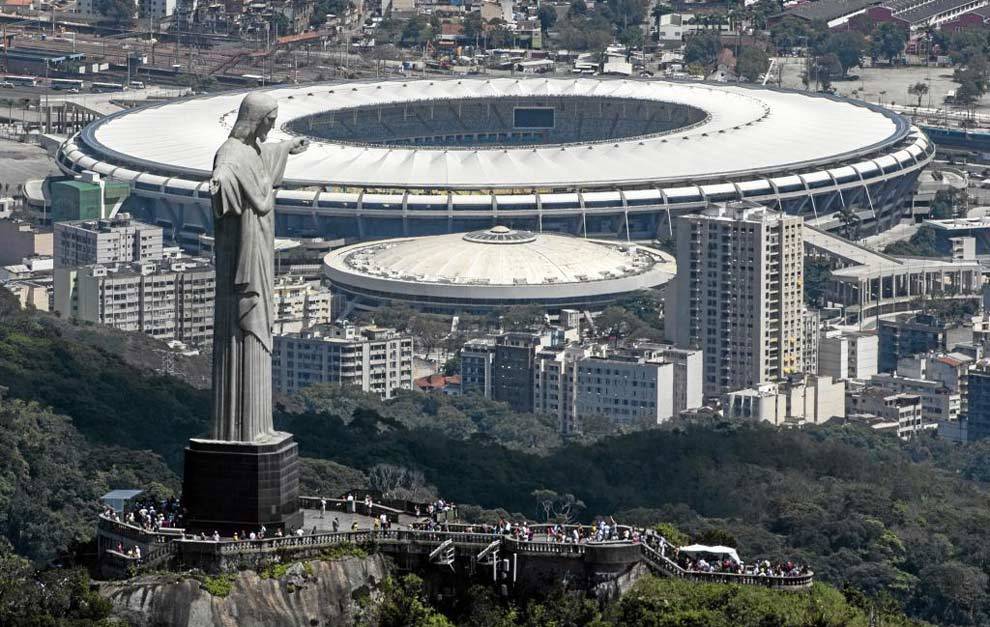
Maracanã
The mighty Maracana is arguably the world's most famous football/soccer stadium and, while it is no longer the largest in the world, its 78,000 capacity means it is still a giant among sports arenas.
Royal Portuguese Reading Room
This stunning Brazilian library contains the largest collection of Portuguese texts outside of Portugal itself. he book collection contained in the Royal Portuguese Cabinet of Reading has created one of the most stunning examples of “library porn” on the planet.
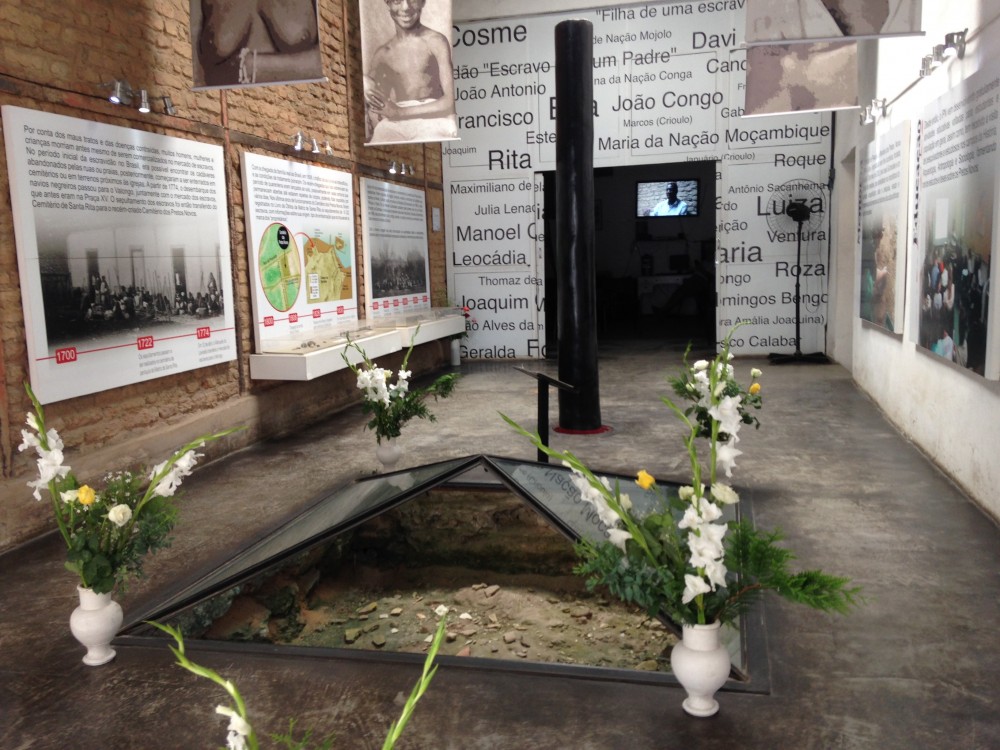
Institute for the Memorial and Research of the New Blacks (IPN)
This 3,500-square feet institute is the only place in Brazil that preserves the memory of the human cost of the Atlantic Slave Trade. Since the unearthing of the Cemetery of the New Blacks in 1996, Rio de Janeiro has come full-circle in confronting its past with the Atlantic Slave Trade.
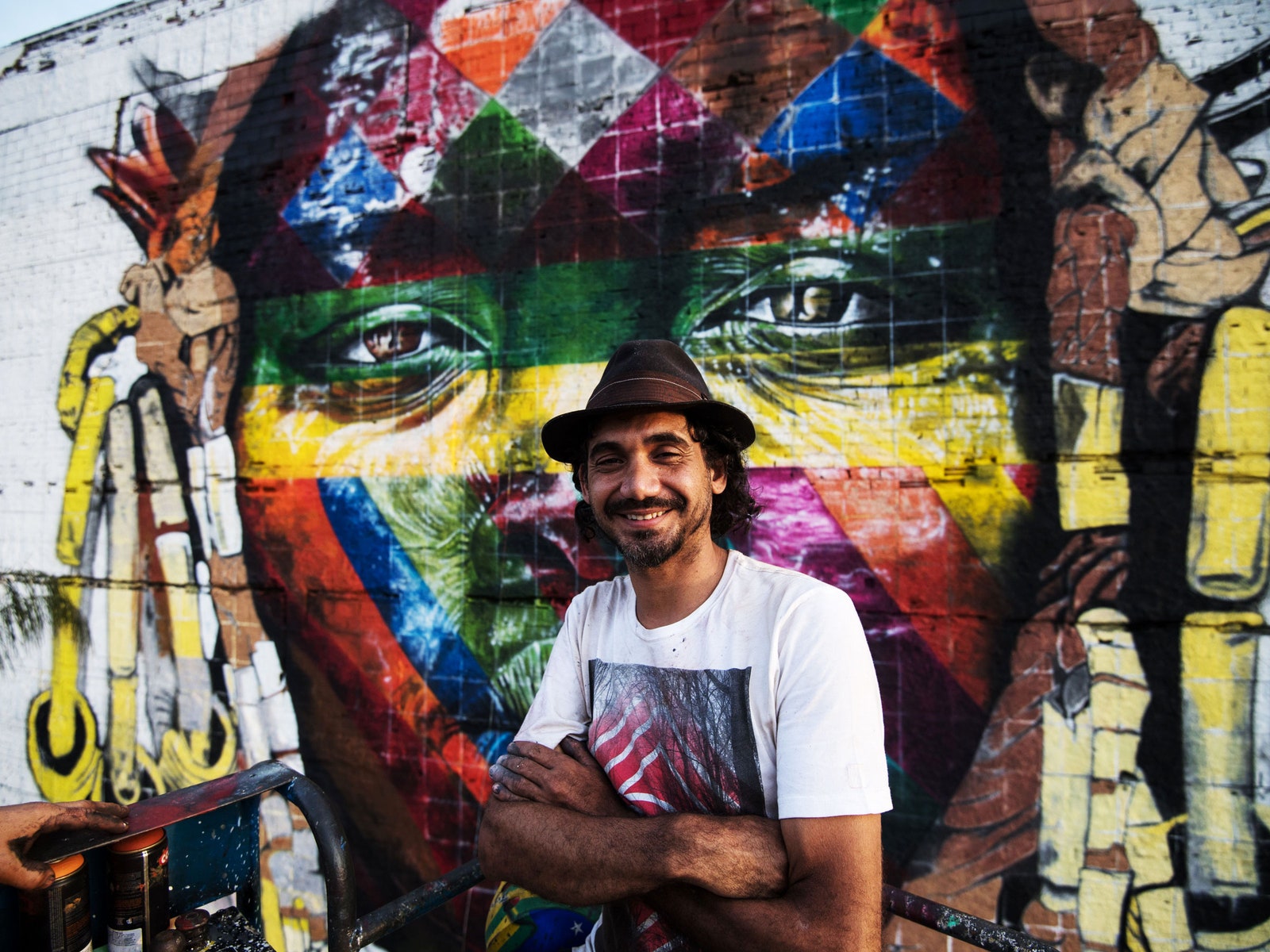
Rio's Murals
The work, entitled *Etnias, *covers more than 30,000 square feet of a formerly abandoned warehouse in Rio's newly reinvigorated port district. Using a wild quiltwork of brightly colored geometric shapes, it portrays the faces of five indigenous men and women from five continents.
Sambadrome Marquês de Sapucaí
The world famous Sambadrome, the landmark building in Rio where dancers compete and perform in the annual parade of samba schools. Teams are judged by their songs, costumes, choreography and other criteria.
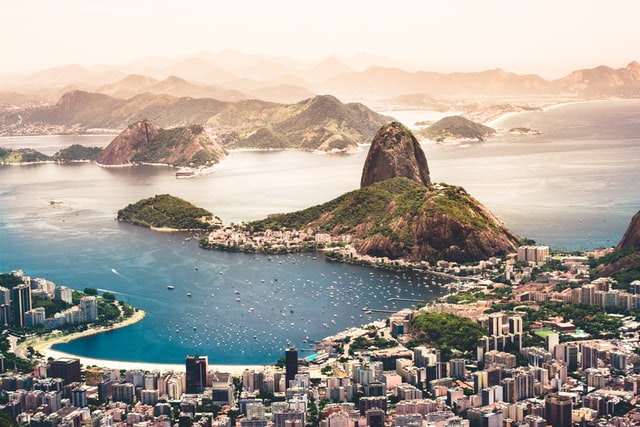
Mirante Dona Marta
Some of the best views overlooking the Bay of Rio
Addresses to eat in Rio de Janeiro
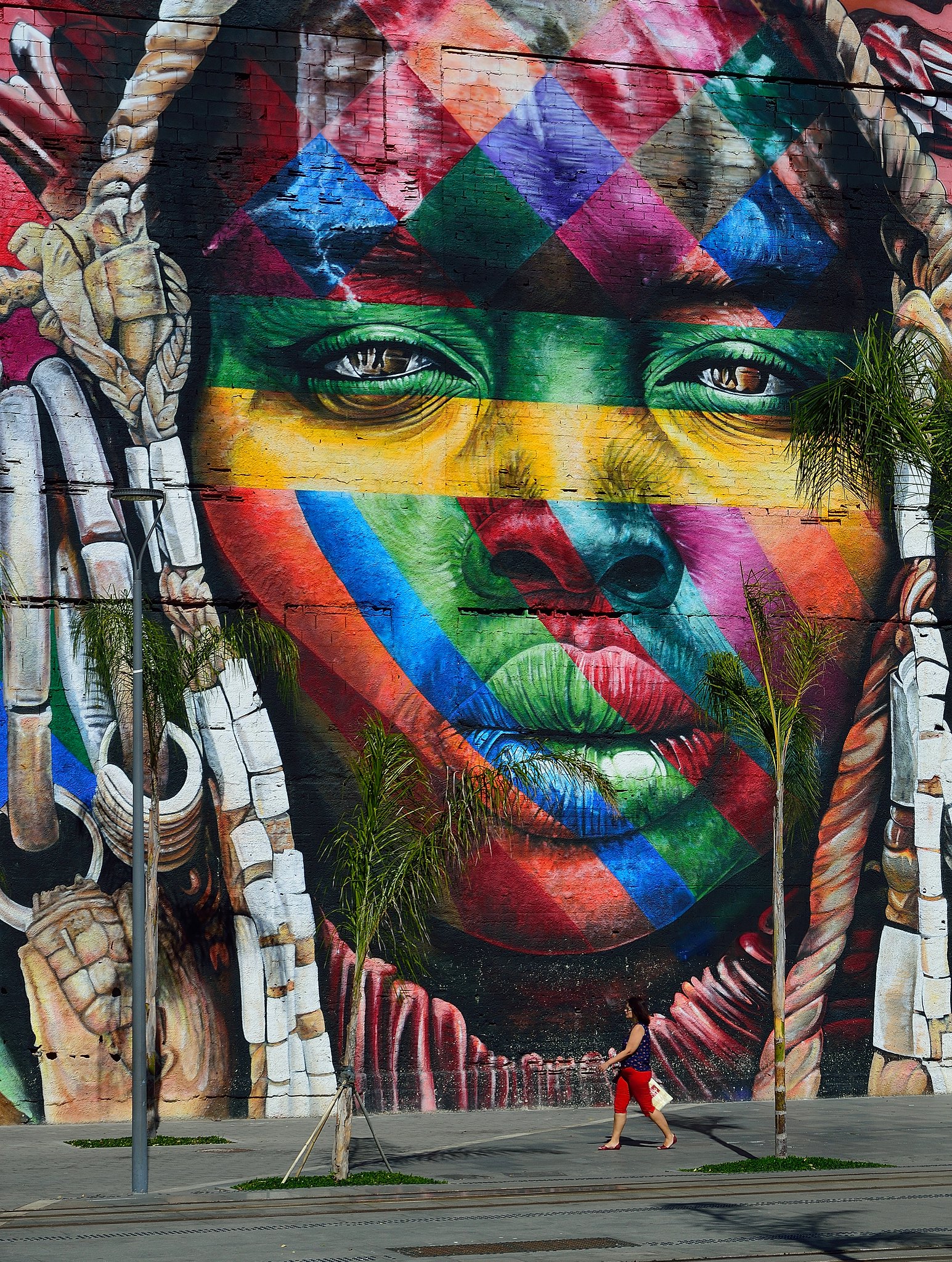
Afro-Brazilian cuisine is delicious! It often uses dendê oil and includes acarajé, rice and black beans. which is often enjoyed as street food, but moqueca as well. Moqueca, is basically a Seafood Stew, is typically served in Brazil’s best restaurants. It’s a lime-marinated fish baked stew prepared inside a terracotta pot with tomatoes, peppers, onions, garlic, cilantro, coconut milk, and of course, dendê oil that’s served over white rice. Of course you can try traditional Brazilian dishes like churrasco and feijoada. Try these dishes at places like Casa Omolokum. Wash it down with a classic caipirinha. You'd be surprised but finding Afro-Brazilians restaurants in Rio is not always easy. If you’re planning on a trip to Rio and want to support Black Brazilians businesses and have no idea where to start, let us help. Listed below are some black-owned restaurants to spend your money while in the city.
Bar da Laje
8 Rua Armando Almeida Lima, Vidigal,
Stunning views over the Vidigal favela that seem to stretch endlessly over the ocean, It has some of the best views in Rio. The terrace with wooden benches, strings of lights creates a casual yet magical setting, enhanced by the venue’s amazing cocktails. Go on Saturday for yummy feijoada
Na Minha Casa
Rua Capitao Felix, 110 CADEG, Upper Floor, 15th Street Store 2,
Appointed as one of the rare jewels of the new Brazilian cuisine by great chefs of Brazil, João Diamante is the affectionate nickname of João Augusto Santos Batista. Young, black, northeastern and slum dweller, João, who, even so young, has his trajectory marked by always leaving his comfort zone.
Dida Bar e Restaurante
Rua Barao de Iguatemi 408, Rio de Janeiro,
Very good Bar celebrating the Afro Brazilian culture and cuisine From the Samba music, food, and complete atmosphere Dida Bar does not disappoint. The food is a representation of the African influences which are a huge part of Brazilian culture and specifically the Northern states of Brazil like Bahia.
Places to go out in Rio de Janeiro
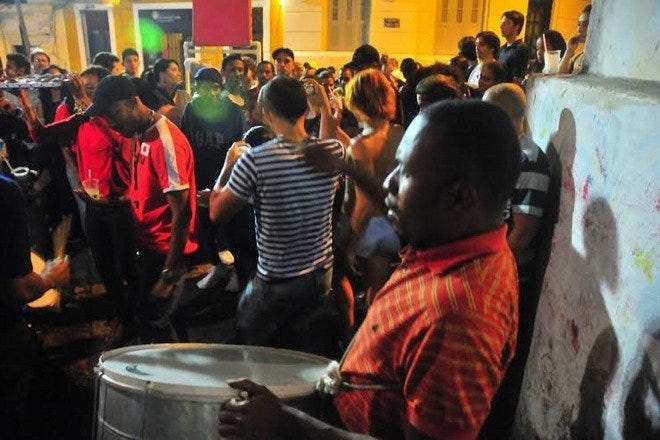
Arcos da Lapa
The area around the arches is taken over by hundreds of stalls selling all manner of tempting treats to eat and drink, from fresh-baked pizzas and beers to Northeastern acaraje and fruity-but-potent cocktails. Surrounded by bars and clubs pumping out everything from hip hop and favela funk to samba
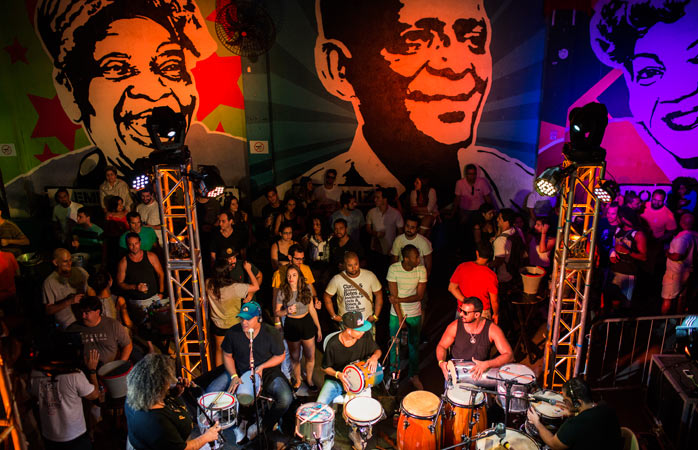
Baixo Botafogo for beers and restaurants
Baixo Botafogo for beers and restaurants. Quadra de Santa Maria is an institution in the area, and is often a good spot to kick of the night
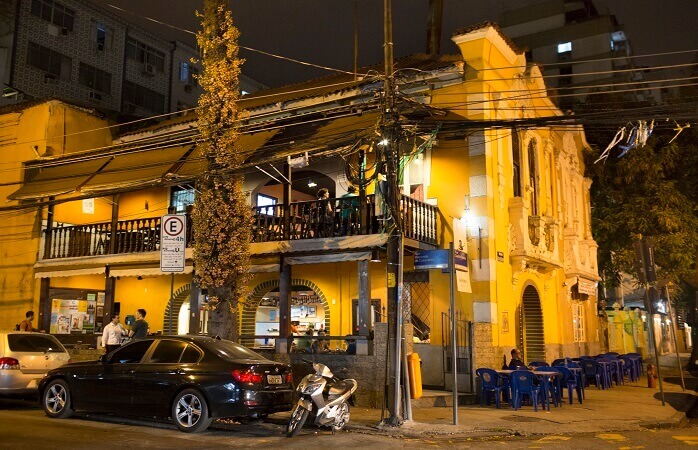
Santa Teresa Art Distric
Santa Teresa is known as the bohemian heart of Rio - an artsy enclave of musicians, intellectuals and party people set high in the jungle-clad hills. The lively bar scene of this historic neighborhood is one of the most appealing in the city.
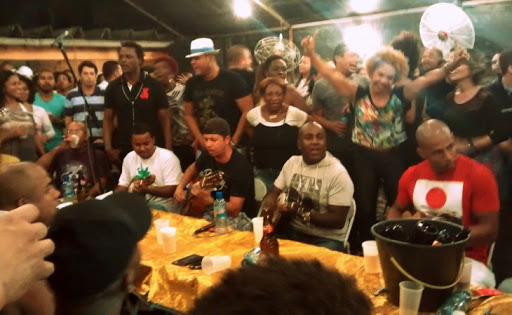
Madureira samba hubs
In the northern part of the city. Madureira is home of a Samba School and a very diversed population. You will feel the vibes of this mixed neighborhood and enjoy the Pagodes.